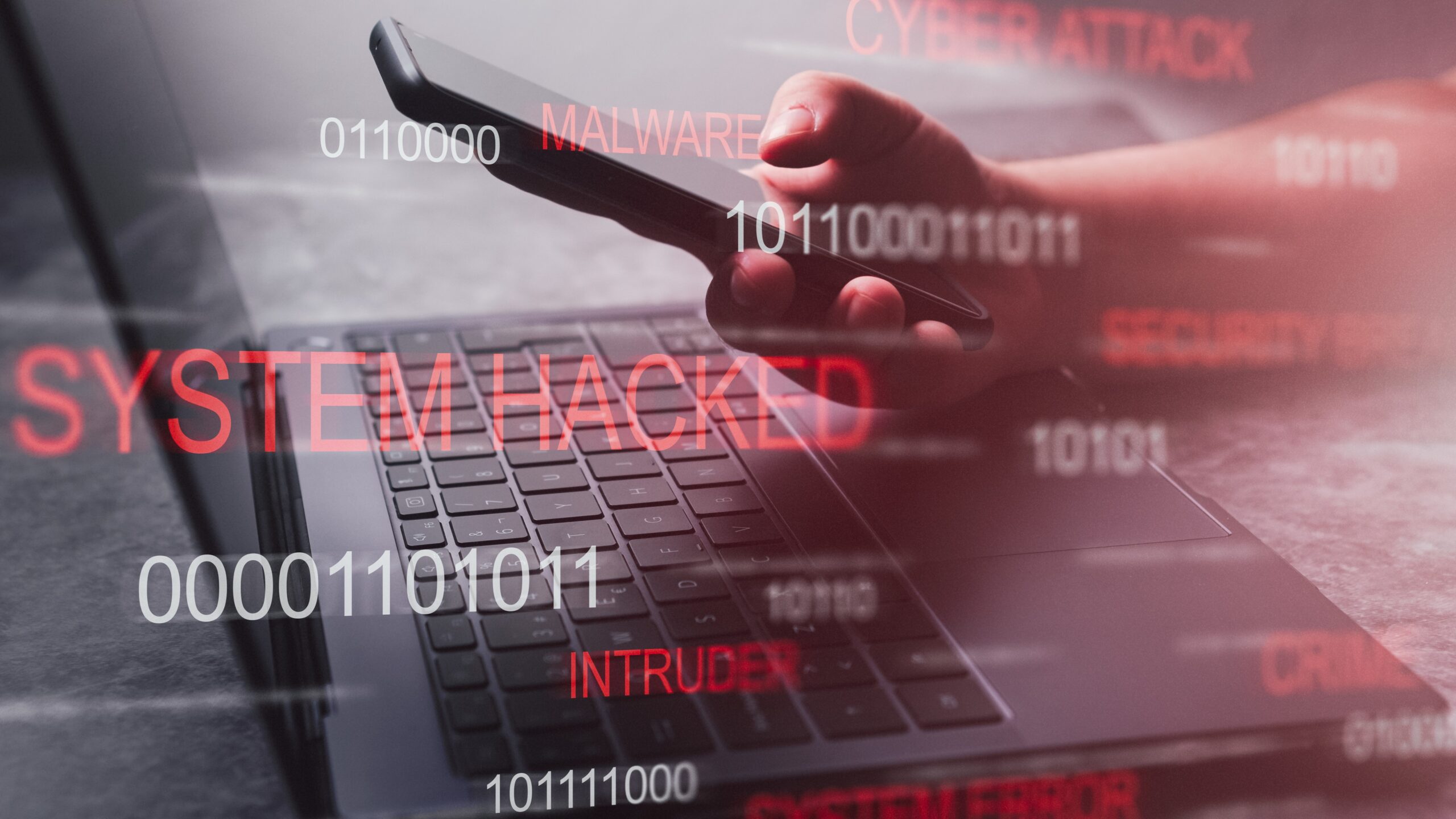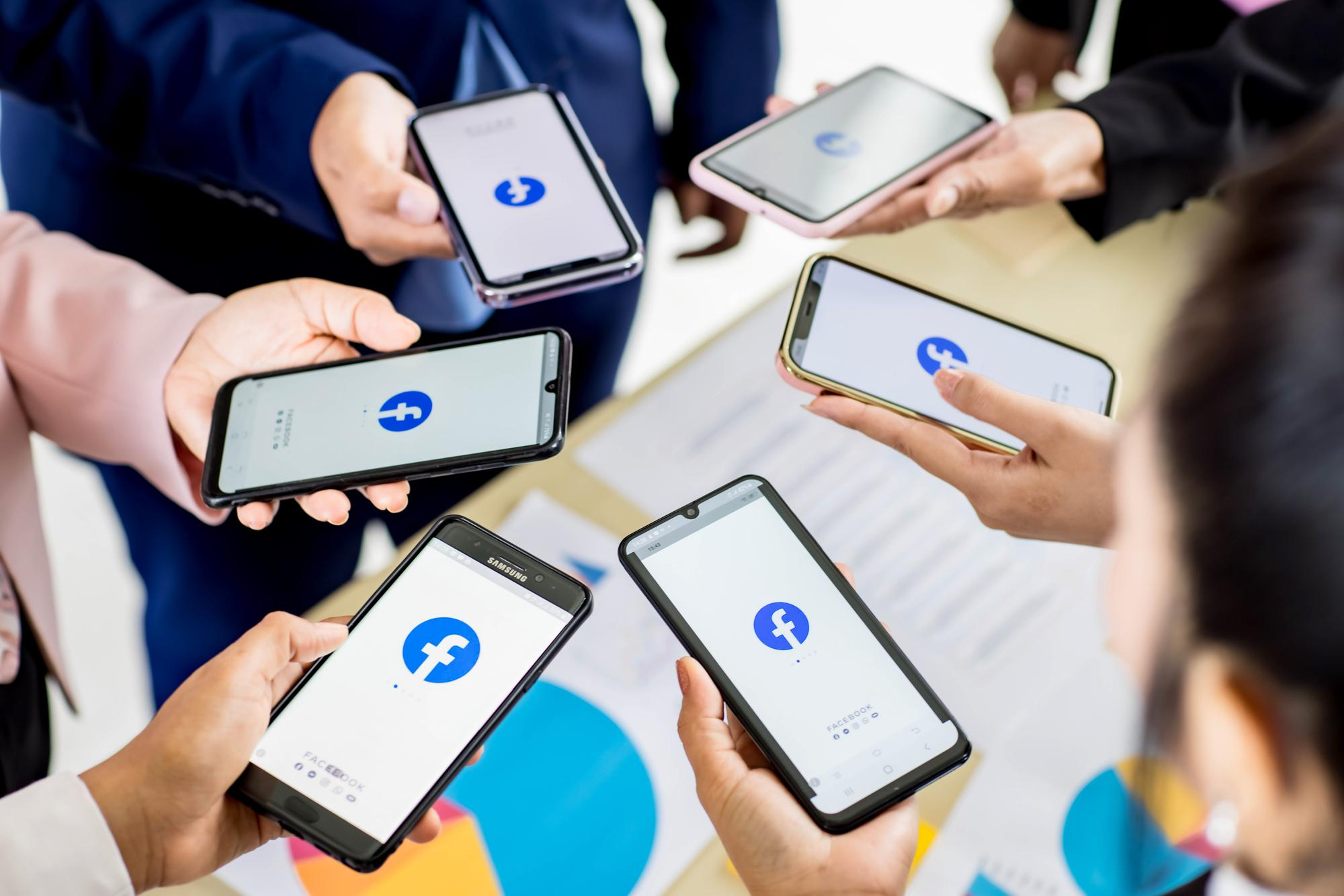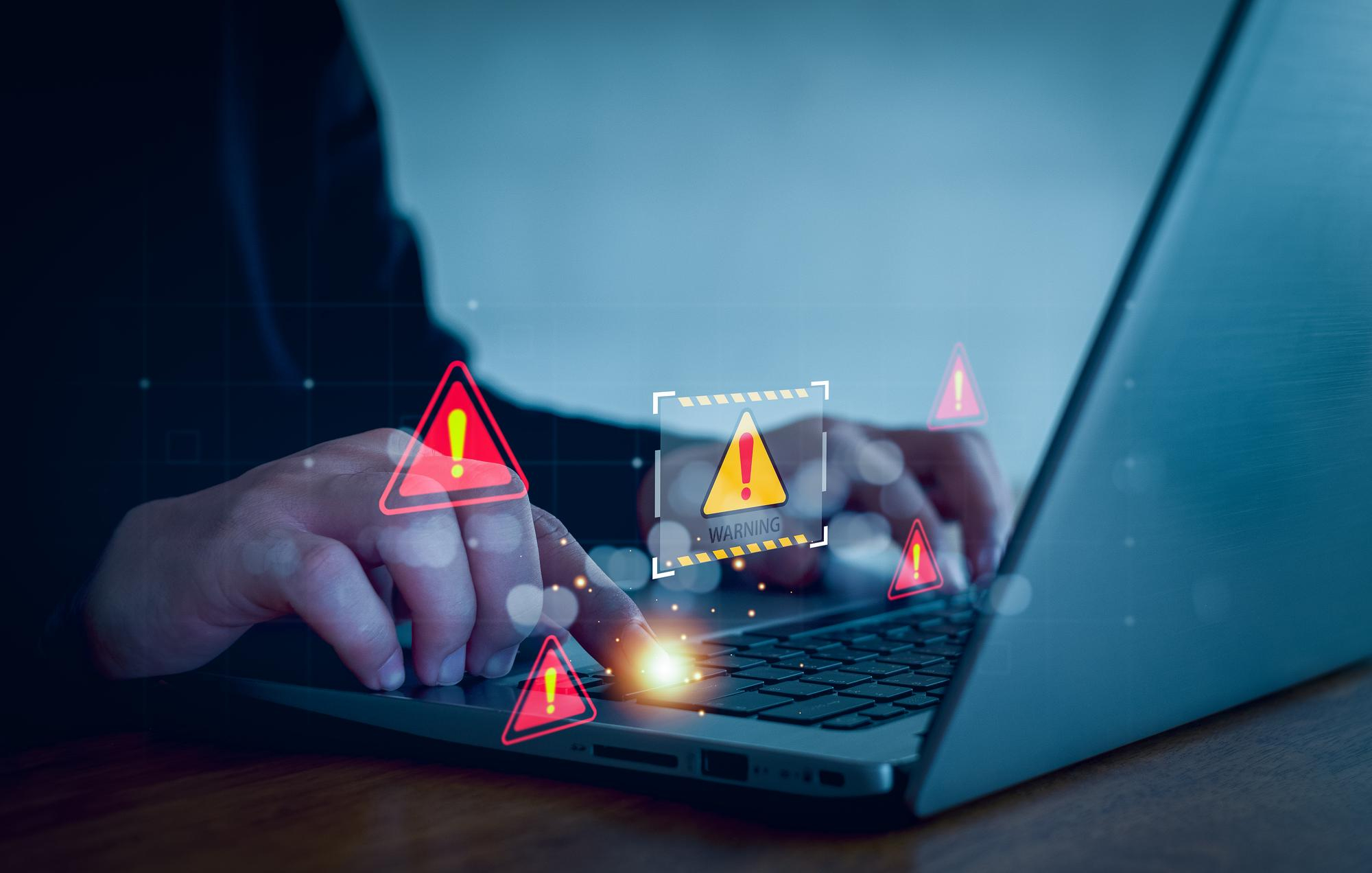In today’s fast-paced world, digital transformation has reshaped almost every aspect of our lives. From businesses to personal interactions, the internet has become an essential tool. However, as we embrace the digital age, we also expose ourselves to a growing number of cybersecurity challenges. These challenges not only affect individuals but also organizations of all sizes. In this article, we’ll dive deep into the cybersecurity landscape, examining the emerging threats, the difficulties they pose, and how we can tackle them in this ever-evolving digital era.
What is Cybersecurity?
Cybersecurity refers to the combination of practices, technologies, and processes designed to safeguard devices, networks, and sensitive data from various forms of cyber threats. These threats can range from simple unauthorized access attempts to more complex and dangerous activities such as hacking, data breaches, and identity theft. Cybersecurity plays a vital role in ensuring the integrity, confidentiality, and availability of information across digital platforms. Without robust cybersecurity measures, both personal and organizational data would be at constant risk of theft or malicious interference, potentially leading to severe consequences.
As technology continues to advance, so do the tactics of cybercriminals. Hacking and cyberattacks are becoming increasingly sophisticated, targeting everything from personal devices to large-scale government systems. The rise of cloud computing, Internet of Things (IoT) devices, and the interconnectedness of global networks has made it easier for cyber threats to proliferate. Cybersecurity, therefore, serves as the protective shield that ensures the smooth operation of these systems while preventing harmful intrusions that could jeopardize the safety of individuals and organizations.
The importance of cybersecurity has grown exponentially in recent years. With more and more aspects of our lives relying on digital systems—whether it’s for business transactions, communication, or even healthcare—the consequences of a security breach can be catastrophic. Cyberattacks can disrupt entire industries, harm personal reputations, and, in some cases, even lead to financial ruin. From government agencies to small businesses, everyone is a potential target, which is why cybersecurity is now a critical concern at every level of society.
In today’s interconnected world, cybersecurity has become a top priority not only for businesses but also for governments and individuals. As the digital landscape continues to evolve, so must our methods of protecting it. Governments and corporations alike are investing in advanced technologies, adopting strict regulations, and training their workforce to mitigate cyber risks. Individuals, too, are being encouraged to adopt basic security practices, such as using strong passwords and being mindful of phishing scams. This collective effort is essential to maintaining the integrity of our digital systems and protecting our data from malicious actors.
Emerging Cybersecurity Threats
| Threat Type | Description | Methods Used | Impact | Example |
| Ransomware Attacks | Hackers use malware to lock or encrypt a user’s system or data, demanding ransom for its release. These attacks often target vital sectors like healthcare and government. | Malware, encryption, ransom demands | System downtime, financial loss, data breach | WannaCry, NotPetya |
| Phishing Scams | Deceptive attempts to acquire sensitive information (e.g., login credentials or credit card numbers) by impersonating trustworthy sources through emails, fake websites, etc. | Fake emails, websites, social engineering | Identity theft, financial loss, unauthorized access | Fake PayPal emails, Bank phishing scams |
| Insider Threats | These threats involve trusted employees or individuals causing harm to a company’s data or systems, either intentionally or unintentionally. | Data theft, sabotage, accidental leaks | Data loss, damage to company reputation, legal consequences | Edward Snowden leaks, disgruntled employee attacks |
| Advanced Persistent Threats (APTs) | Long-term, stealthy attacks from skilled hackers or state-sponsored actors aimed at stealing sensitive information or disrupting operations. | Targeted hacking, espionage, slow infiltration | Loss of intellectual property, damage to national security, prolonged disruption | Stuxnet, Chinese cyber-espionage attacks |
Key Challenges in Cybersecurity Today
- The Growing Volume of Data
Data is being generated at an unprecedented rate across businesses, governments, and individuals. This constant flow of data, often in the form of sensitive information, creates a significant challenge for securing it from breaches and unauthorized access. The increasing volume also complicates efforts to manage privacy regulations like GDPR, which requires organizations to protect personal data and ensure compliance. - Lack of Skilled Cybersecurity Professionals
There is a global shortage of skilled cybersecurity professionals. With millions of unfilled cybersecurity jobs, organizations struggle to build strong security teams. The lack of qualified personnel leaves companies vulnerable to attacks and makes it difficult for them to stay ahead of evolving threats. As the need for cybersecurity experts grows, so does the challenge of recruiting and retaining top talent. - Rapidly Evolving Threat Landscape
Cybercriminals are continuously innovating, developing new techniques and tools that make it difficult for traditional security measures to keep up. Security protocols and defenses that are effective today might become obsolete tomorrow. To stay secure, businesses must adopt proactive strategies, constantly updating their security systems and remaining vigilant to new threats. This ever-evolving threat environment demands agility and continuous adaptation. - Insecure Internet of Things (IoT) Devices
The proliferation of IoT devices in homes, healthcare systems, and industrial settings has expanded the attack surface for cybercriminals. These devices, which often lack robust security features, are prime targets for exploitation. Since IoT devices are interconnected and often contain sensitive data, compromising them can have serious implications for privacy and security. The challenge lies in ensuring these devices are adequately secured while remaining functional in increasingly interconnected environments.
Why Cybersecurity is Crucial in the Digital Era
The importance of cybersecurity in today’s digital era cannot be overstated. As society becomes increasingly dependent on digital platforms, the risks associated with weak security measures grow exponentially. Any breach in cybersecurity could have disastrous consequences, ranging from significant financial losses to irreparable reputational damage. As our lives become more intertwined with digital systems, protecting these systems from malicious cyber threats is critical.
Cyberattacks often result in direct financial losses, and the financial impact can be enormous. For businesses, the costs can be crippling, whether from ransomware demands, data breaches, or fraud. In addition to the immediate loss of funds, businesses face significant recovery costs, including system restoration, legal fees, and compensation for affected customers. The financial burden can sometimes be so severe that it forces companies into bankruptcy, highlighting how essential it is to maintain strong cybersecurity defenses.
Reputational damage is another major consequence of poor cybersecurity. When a company suffers a breach, customer trust can be lost in an instant. Customers are increasingly aware of the risks associated with sharing their personal information, and if they feel that a company is not taking their security seriously, they are likely to take their business elsewhere. The erosion of trust can have long-term effects, reducing customer loyalty and hurting the company’s market position. It can take years to rebuild a tarnished reputation, and in some cases, the damage is irreparable.
Beyond individual businesses, cybersecurity is also a critical concern for national security. Nations face considerable risks from cyberattacks aimed at disrupting critical infrastructure, such as power grids, financial systems, and defense networks. A successful cyberattack on any of these systems could lead to widespread chaos, compromising everything from basic services to national defense capabilities. Given the growing sophistication of cybercriminals and state-sponsored attackers, nations must invest heavily in cybersecurity to protect their infrastructure and ensure the safety and security of their citizens.
How Organizations Are Responding to Cybersecurity Challenges
| Response Strategy | Description | Methods Involved | Benefits | Example |
| Adopting Multi-Layered Security | A defense-in-depth approach involves using multiple layers of protection to guard against cyber threats, making it harder for attackers to breach defenses. | Firewalls, encryption, antivirus software, IDS | Increased protection through redundancy, harder for attacks to succeed | Large corporations, financial institutions |
| Employee Training | Organizations are investing in training programs to educate employees on cybersecurity best practices and how to identify potential threats like phishing attacks. | Workshops, seminars, phishing simulations | Reduced human error, better awareness, improved response times | Tech companies, healthcare providers |
| Strengthening Authentication Methods | Moving away from traditional password-based security to multi-factor authentication (MFA), which adds an additional layer of security by requiring multiple proofs of identity. | MFA, biometric scans, security tokens | Enhanced security, harder for cybercriminals to bypass | Financial services, e-commerce websites |
Best Practices for Cybersecurity in the Digital Era
- Regular Software Updates
Keeping your software up-to-date is one of the easiest and most effective ways to prevent cyberattacks. Many cybercriminals exploit vulnerabilities in outdated software, so ensuring that all your applications, operating systems, and security tools are updated with the latest patches is crucial for protecting against potential threats. - Use Strong, Unique Passwords
Weak or reused passwords are an open invitation for cybercriminals. Avoid using easily guessable passwords and refrain from reusing the same password across multiple accounts. Implementing a password manager can help you create, store, and manage strong, unique passwords for each account, making it significantly harder for attackers to gain unauthorized access. - Backup Your Data
Regularly backing up your data is essential in protecting against ransomware attacks and other forms of data loss. Having up-to-date backups stored securely ensures that even if your primary system is compromised, your important files can be restored without major consequences. - Monitor Your Digital Footprint
In today’s digital age, it’s crucial to be mindful of the information you share online. Regularly monitoring your digital presence and being cautious about the personal details you post on social media can prevent cybercriminals from gathering data that they could use to launch social engineering attacks or other forms of exploitation.
The Future of Cybersecurity
As technology evolves, the challenges and solutions surrounding cybersecurity are bound to change. The rapid advancement of digital systems and interconnected devices means that cyber threats will continue to grow in sophistication. However, the future of cybersecurity is also bright with innovative solutions that are emerging to counter these evolving risks. Artificial Intelligence (AI) and machine learning are expected to play a key role in transforming cybersecurity strategies. These technologies can analyze vast amounts of data in real-time, identifying potential threats much faster and more accurately than traditional methods. AI’s ability to adapt and learn from patterns makes it an ideal tool for predicting and preventing attacks, creating a dynamic defense mechanism that evolves with the threat landscape.
Another area poised to revolutionize cybersecurity is quantum computing. Quantum computers are expected to have the power to solve complex problems at an unprecedented scale, including cracking encryption methods that were once considered unbreakable. While this poses a challenge for data security, it also opens up opportunities for stronger encryption techniques. Quantum encryption, or “quantum key distribution,” offers the potential for secure communication channels that are far more resistant to interception. In the coming years, organizations and governments may need to adopt quantum-resistant encryption methods to stay ahead of cybercriminals with access to quantum computing technologies.
Moreover, the increasing reliance on cloud computing and IoT devices will continue to push the boundaries of cybersecurity solutions. As more data moves to the cloud, securing cloud environments against unauthorized access and attacks becomes critical. The advent of 5G technology will also introduce new opportunities and challenges in cybersecurity. Faster and more efficient networks will enable real-time communication and data transfer but will also increase the risk of cyberattacks if not properly secured. As organizations move toward digital transformation, they must remain vigilant and adopt forward-thinking cybersecurity practices to safeguard their assets and data.



